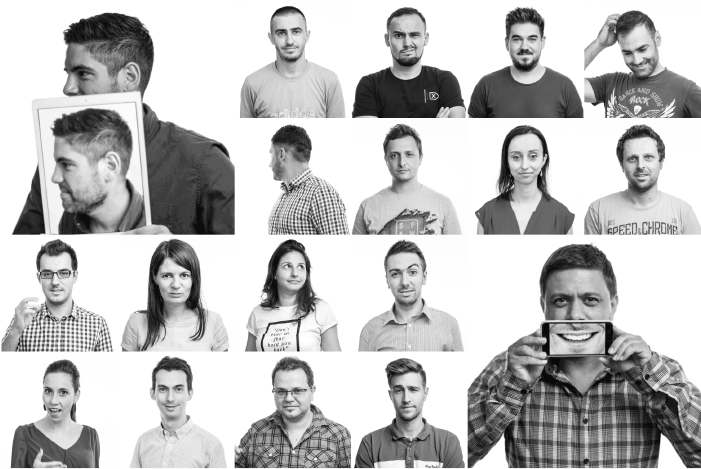2016 was a challenging year. When it started, we were rolling along steadily with one principal client and a handful of secondary projects. Then we took an unexpected hit and were forced to face a new reality – if we could not generate new business, we had no business being in business.
Our pitch to prospective clients was that we could solve technical and digital problems for companies. Unfortunately for us, a lot of people can do that. We were useful, but not special. With nothing to lose, we decided to do something we had always wanted, but feared, doing. We started taking risks. In other words, we started spending money.
We invested in sales, for one. We have plenty of inbound marketing material, but we had never ‘knocked on doors’ distributing that material. We didn’t want to risk bothering people, and spending more money when projected revenue goes down is scary. But we had already decided to act as though our plans would work, not as if they might.

We still needed a plan B. Our team of 60 is our best asset. It took us 5 years to assemble this group, to learn to work together, and to build trust. If our investment in sales wouldn’t yield enough new clientele to support our team, we had to find another way to keep us together. We had the team and we had the experience. What we needed was a venture-fundable startup idea.
Our criteria was straightforward. It had to be scalable. It should be something that could serve our current startup and enterprise clients. It might as well be all about AI. After 2 months of heavy market research, brainstorming, and planning (including a series of hackathons dedicated to AI), we came up with Handlebar.ai – an engagement platform that uses AI to predict when users are going to quit.

Here, in a nutshell, is how Handlebar.ai works.

The third and final piece of our pivot happened unexpectedly. Some of the talented producers and technologists that we had worked with over the years moved on to new companies. Some of them hired us in their new roles; others referred us. One person took on an interesting role prototyping new technologies for a Fortune 500 retailer. They hired us to help them rapidly prototype a progressive web app, then a chatbot, and now we’re working on various AI implementations. The nature of that work opened our eyes to a new type of engagement – researching, testing, prototyping, and implementing the newest technologies. We find that both challenging and exciting.
One year later and we are a different company. Our revenue is balanced across five primary clients. We’re at full capacity working with all sorts of interesting AI-based technologies – Optical Character Recognition, Progressive Web Apps, Chat Bots, and recommendation engines, all thoughtfully woven into our website and app development work. For the first time ever we told a potential client we could not take on any more work at the moment.
Our focus on new technologies has given us an entirely new pitch. The other day I was on a call with a potential client from Denver who flat out asked me “why should I hire you to build my website if I can find a cheaper or more local developer”. It suddenly occurred to me that we no longer needed to compete with the masses over the right to build a simple presentation website – we had something much stronger to offer.
“You’re right” I told her. “Anybody can build your Wordpress website. What we can do is analyze your data, predict when your users are on a path towards quitting, and help you automate the notifications and offers that can drive them back. And we’ll throw in the website as a bonus.”
Now that’s a pitch I can get behind. Apparently she can too because she immediately scheduled a follow up meeting to explore further.
There is a lot to be excited about as we surge forward into 2017. We are coming off a year where we were featured by Google and TechCrunch. We’ve made great progress on our in-house AI platform that can predict user behavior before even the user knows it, and we already have our first few clients. We are operating at full capacity and having exciting conversations with industry insiders about AI, chatbots, and new technologies.
Every product we release, every win, every day, our story grows.
There are years marked by transition and others by growth. Sometimes you tear things down and rebuild, while other times you double down on your momentum and see where it takes you. 2016 was the former and 2017 the latter. As we progress through our journey, we’ll do our best to bring you along for the ride. As always, let us know if you ever want to talk.
-Andrew + Darius
.png?%20White%20Bake%20Sale%20Promotion%20Facebook%20Post%20(4).png&width=290&name=Simple%20Pink%20%26%20White%20Bake%20Sale%20Promotion%20Facebook%20Post%20(4).png?%20White%20Bake%20Sale%20Promotion%20Facebook%20Post%20(4).png)
COMMENTS